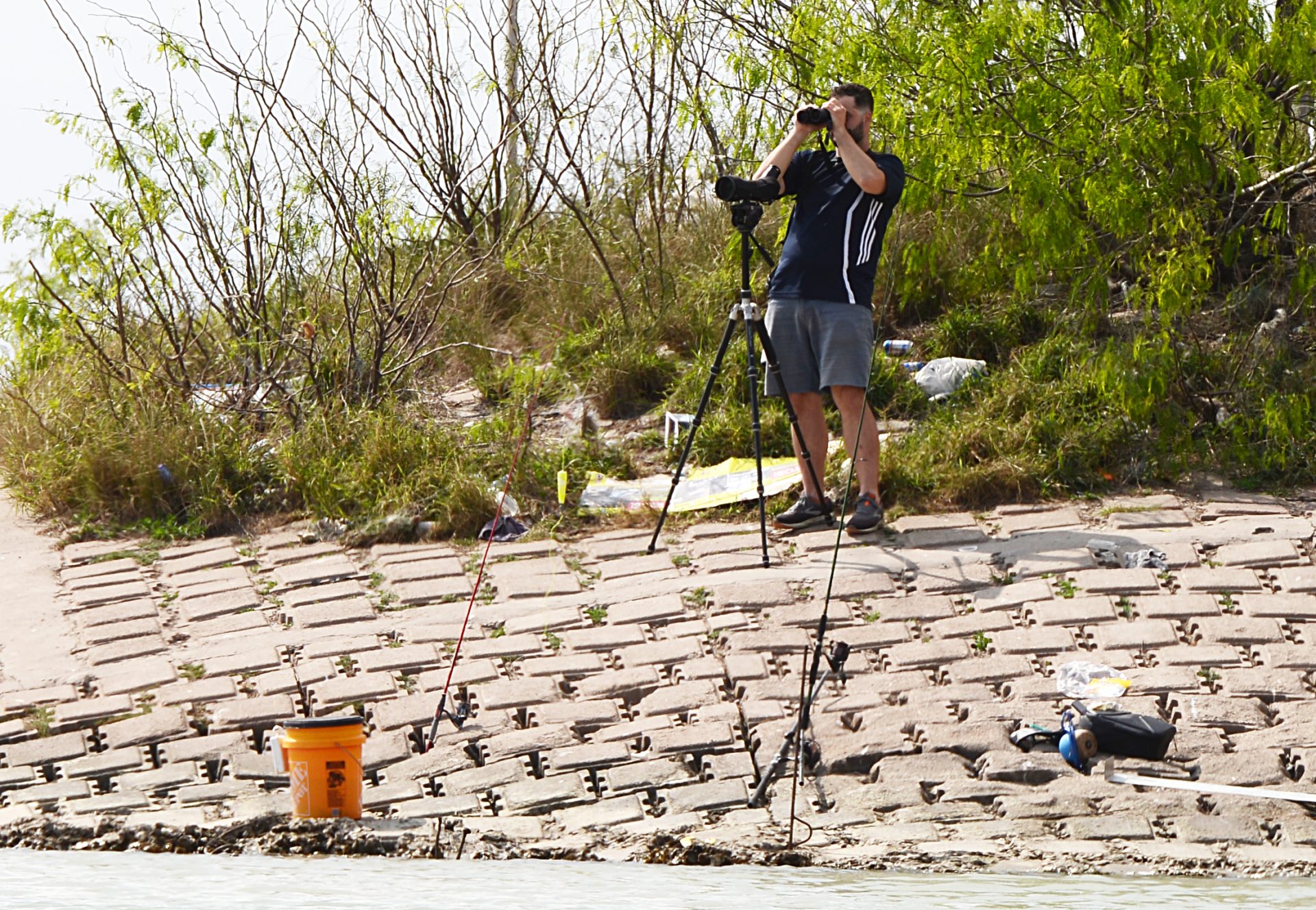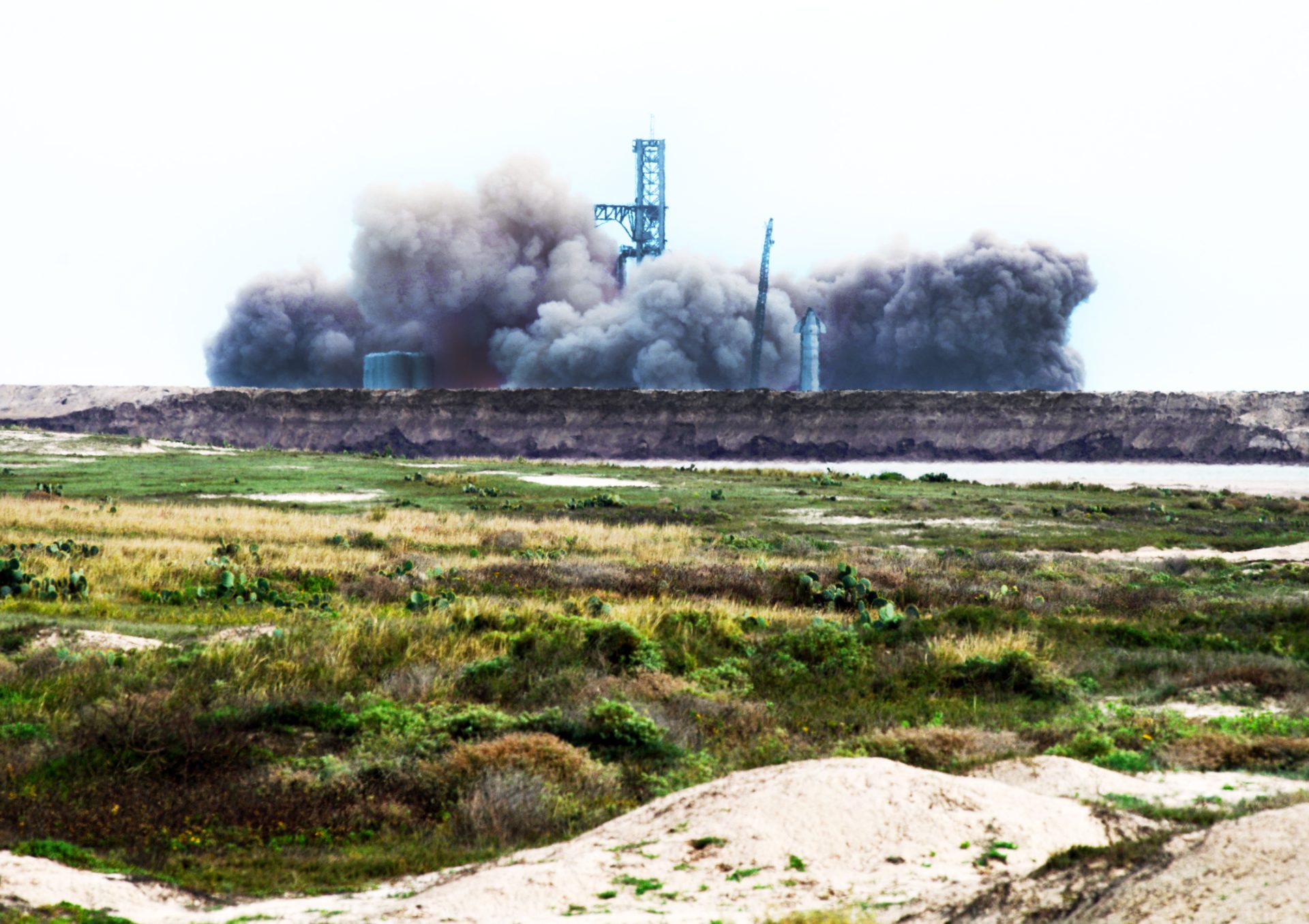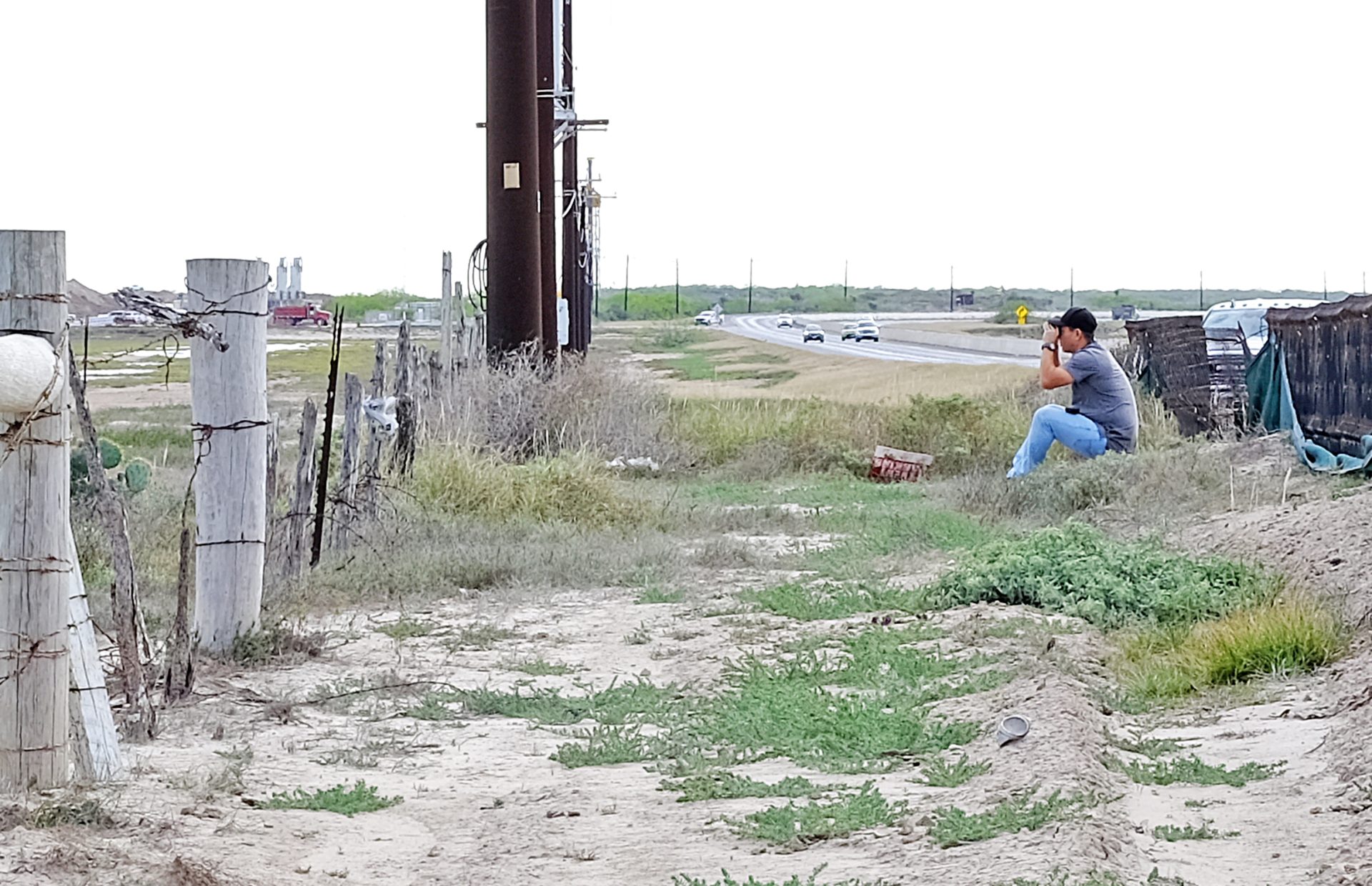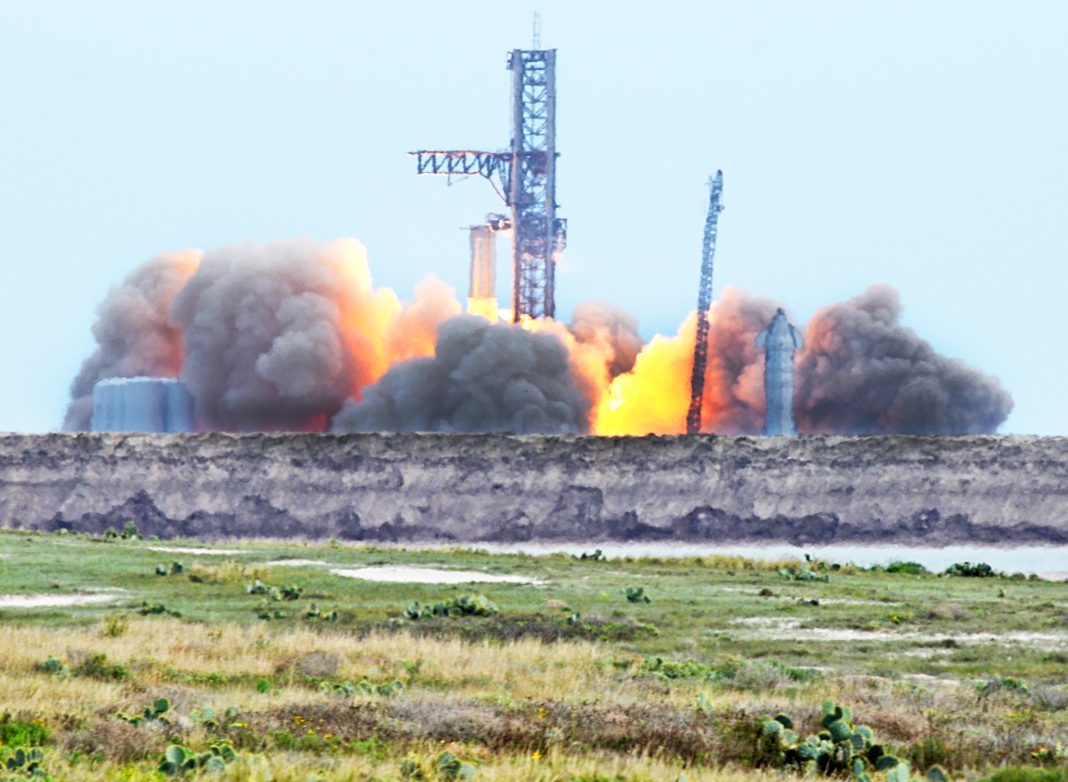SpaceX’s goal Thursday was to test fire all 33 engines of its Super Heavy BN7 booster simultaneously at Starbase/Boca Chica.
It only missed by two, according to SpaceX founder and CEO Elon Musk.
“Team turned off 1 engine just before start & 1 stopped itself, so 31 engines fired overall,” he tweeted right after the successful test. “But still enough engines to reach orbit!”

The seven-second static-fire test took place just before 3:14 p.m. in a deafening eruption of orange flame, a massive dust plume and a rising cloud of hundreds of panicked birds in the vicinity.
The test was an essential step toward the first orbital test flight of Starship/Super Heavy, which SpaceX is developing as a fully reusable spacecraft for carrying cargo and humans to the moon, Mars and possibly beyond.
SpaceX President Gwynne Shotwell on Feb. 8 announced that the engine test was planned for Thursday, which she described as a “big day for SpaceX.”
“It’s really the final ground test that we can do before we light ‘em up and go (into orbit),” she said.
SpaceX still needs an orbital launch license from the Federal Aviation Administration, which ordered the company to undertake more than 75 environmental mitigations as one of the conditions for granting the license.

Shotwell said the company has been working on satisfying the mitigation requirements since receiving them and predicted Super Heavy BN7, with Starship SN24 fitted on top, would be ready to fly about the same time FAA finally issues the license.
Musk said SpaceX is targeting March for the first orbital launch.
That test flight will involve Super Heavy separating from Starship a little over two minutes after launch and landing in the Gulf about 20 miles offshore.
Starship would pass through the Florida Straits, achieving orbit for a short time before landing in the Navy’s Pacific Missile Range Facility some 60 miles north of Kauai, Hawaii.
The Federal Communications Commission on Jan. 20 granted Special Temporary Authority for SpaceX to communicate with Starship during the experimental orbital demonstration flight and vehicle recovery test.

NASA gave SpaceX a $2.9 billion contract to develop Starship as the Human Landing System (HLS) that will put U.S. astronauts on the moon for the first time in a half century 50 years as part of the space agency’s Artemis program.
The initial contract was awarded in April 2021.
On Nov. 15, 2022, NASA announced a $1.15 billion modified contract containing “Option B,” an upgraded version of the Starship HLS that includes a second crewed demonstration moon landing by SpaceX.





